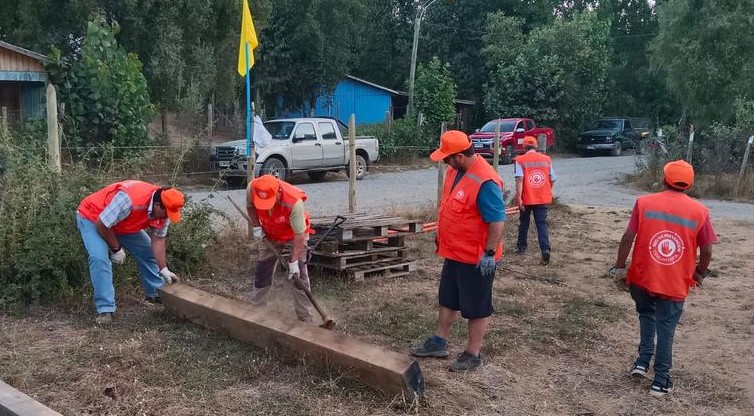Wood in the Construction Industry: Sustainability and How to Position Itself in the Domestic Market
- A sustainable building expert provides insight into the role this material can play in the new industry's efforts to mitigate the effects of pollution and how this quality could elevate it to a prominent position in the medium to long term.
Due to the prevailing housing deficit in Chile, wood has emerged as an ideal material for the construction industry, considering that its conditions and characteristics bring a series of advantages and benefits, as experts have revealed in recent years.
One of its qualities that resonates most in current times is its potential as a sustainable element, amid the industry's challenges to adopt alternatives that align with caring for the planet.
Juan Pablo Pereira, president of Madera 21, even positions wood as "the potential to become the engine of bioeconomy and sustainability in Chile."
But how can this material position itself in a highly competitive market where concrete and steel have been the predominant elements in the Chilean construction industry? How much can wood's sustainable value for the environment play in its favor to drive a paradigm shift and promote this material in the medium to long term?
Energy evaluator and sustainable building advisor Francisco Pascual Poblete shares his perspective on this topic and addresses it in this second part of the interview with Tribuna Reportajes.
INTERVIEW
-Why is it said that wood offers better conditions for mitigating the effects of pollution compared to materials like concrete and steel?
Concrete and steel first require the extraction of minerals, an activity that can have a high impact on river or mountain ecosystems. Wood is not exempt from this if not produced responsibly, for which there are national and international certification systems that attest to sustainable forest management. There are also foreign practices of forests with heterogeneous species and those that combine forestry with livestock, reducing soil impacts and improving ecosystems.
-What results do these practices bring?
This production system allows for CO2 capture during the forest's lifespan, which remains in the wood if not incinerated. This can amount to over 1.5 tons of carbon dioxide per m3 of wood, depending on the species and harvesting methods.
-What actions have been implemented in Chile to elevate wood as a construction material?
Wood is the preferred construction material in Nordic countries, the United States, and Canada, even for high-rise buildings. In Chile, to regain lost ground in the central region's construction sector—while in the south, it remains a culturally rooted and high-quality material—various efforts have been made to regulate the information provided by producers/sellers through labeling, indicating species, structural classification, moisture content, and treatment, among other key factors to ensure the properties required in construction.
-What benefits does wood industrialization bring?
At the same time, the industrialization of the sector has been promoted, as steel has done for years. This time, it's wood's turn—and concrete's to a lesser extent—allowing for off-site control under more favorable conditions, access to suppliers with higher-quality wood due to production volume, a significant reduction in waste generation, and optimization and reuse, among other benefits.
-What examples have been seen in Chile?
The benefits of wood industrialization enable the construction of mid-rise buildings, such as the experimental Peñuelas tower in its early stages, the Horizonte del Pacífico building in San Pedro de la Paz, housing complexes in Renca and Lo Espejo, and the social integration housing building in Linares, which will have sustainable housing certification and energy ratings. Another example is the CMPC office building in Los Ángeles.
This way, it is expected to recover the imported expertise used in the construction of residential buildings in the Sewell camp in 1905, among many other good national examples.
Source:latribuna.cl

















